I’ve been asked many times what one needs to do to be a fluid mover. In response, I often ask, “Well, what is fluidity to you?” Some think of improvisation. Most say seamless, never stopping motion. Almost no one says “control over weight-transfer,” though this is a major element of flow. Movement can be dynamic, have pauses, and even staccato elements but still be "in flow" -- it’s how you change between elements. Definition aside, fluidity is mostly determined by 1) experience, and 2) what is or isn’t going on in your head.
WHAT STOPS US FROM FLOWING?
Lack of familiarity with the movements/rhythms/goal
Lack of comfort/confidence
Mental disposition/personality
Results rather than process oriented mindset
Negative, questioning self-talk, fear
Anything that you allow to stop yourself
For many people, the very process of "tuning in" turns up the volume of the voice of resistance. The voice of resistance? It’s not a political movement, it’s the "nah-ah" voice in your head. If you are asked to pay attention to your sensations either in stillness or in movement and then have a little internal dialogue of“I don’t like this," “I don’t know what to do,” or “I look stupid,” then you are dealing with resistance. It may show up as self-doubt, self-judgment, or a straight-up NO/Negative-Nancy attitude.





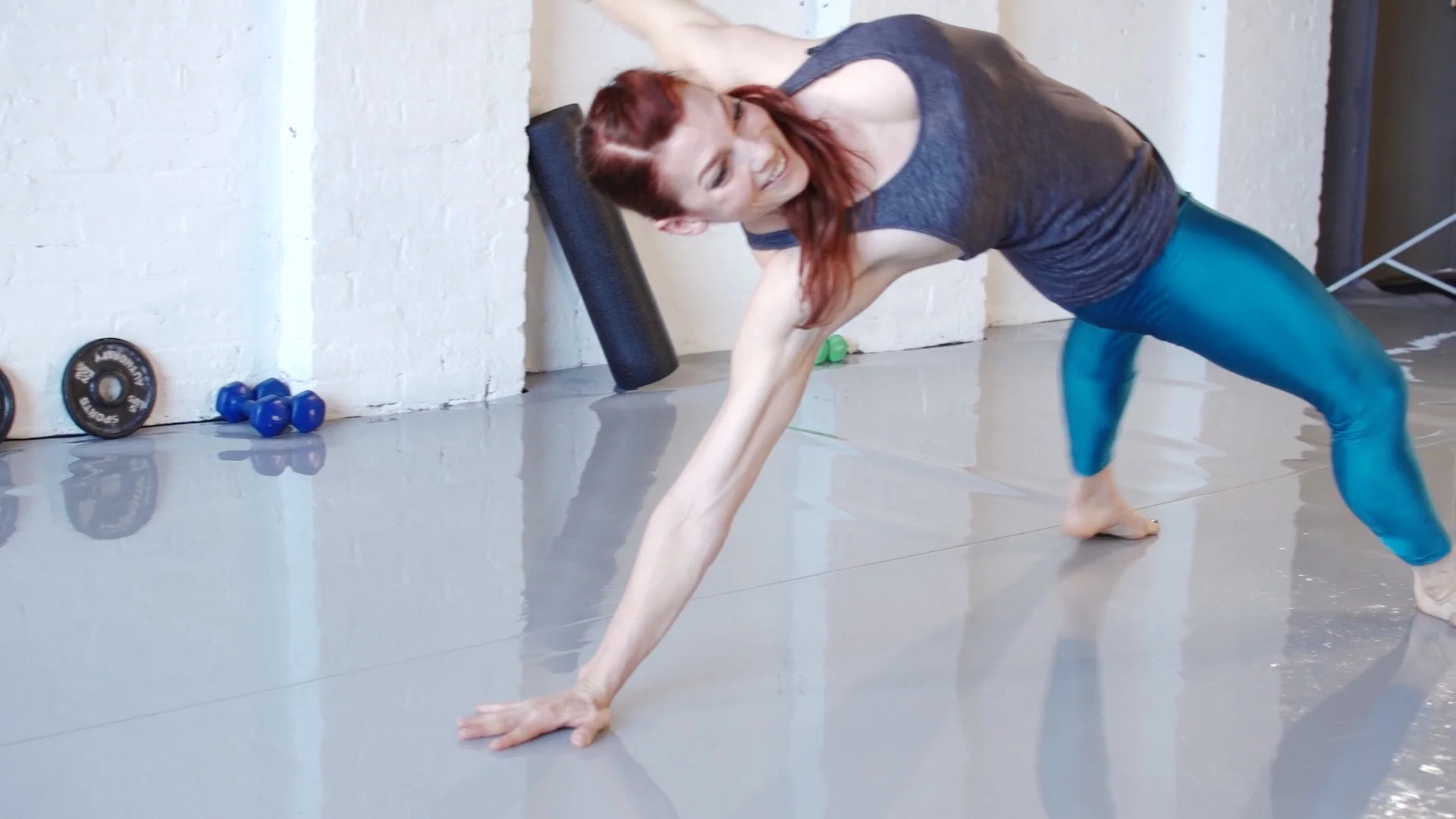



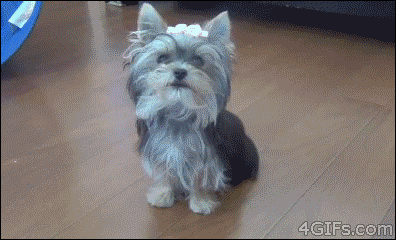
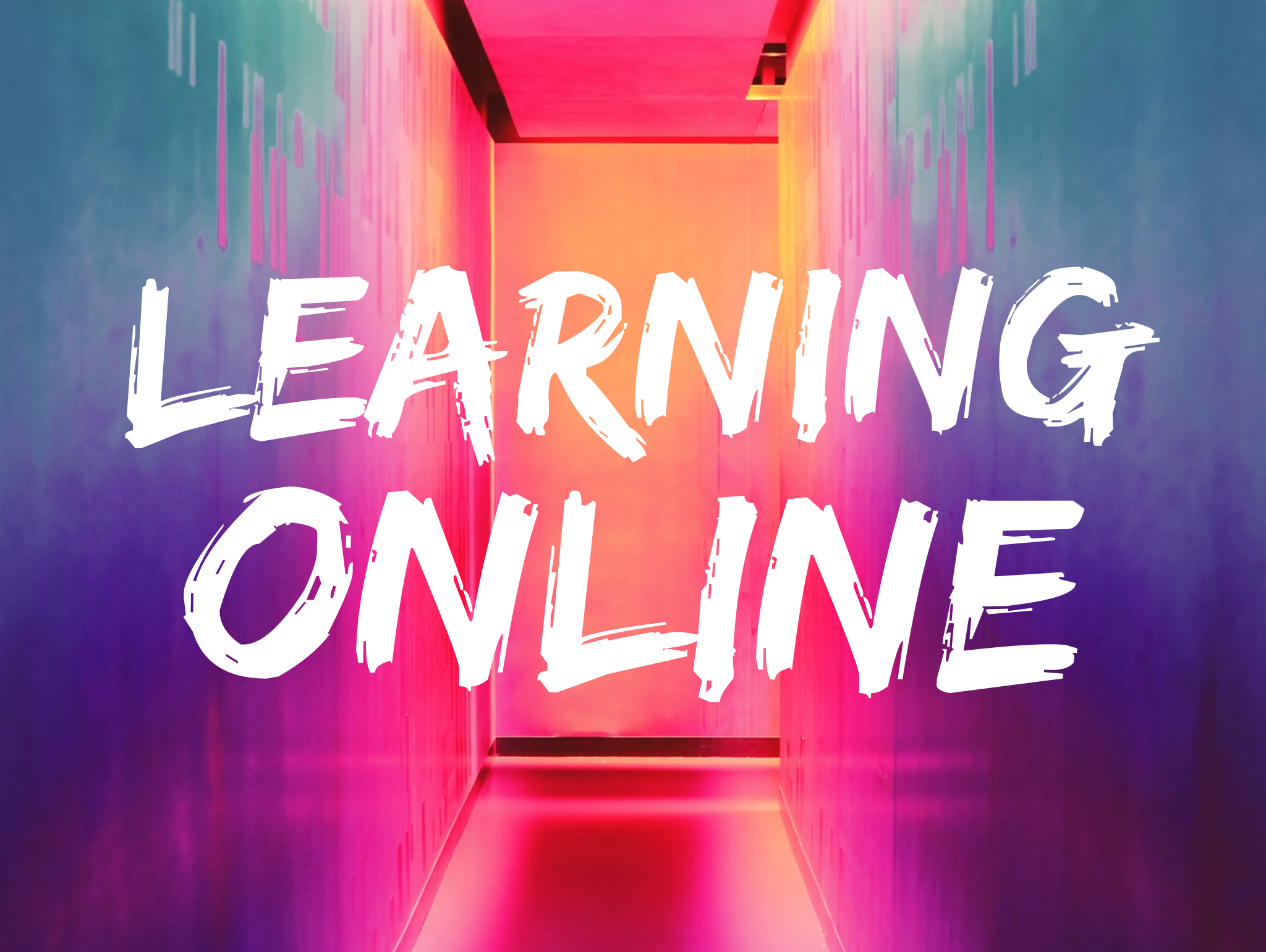

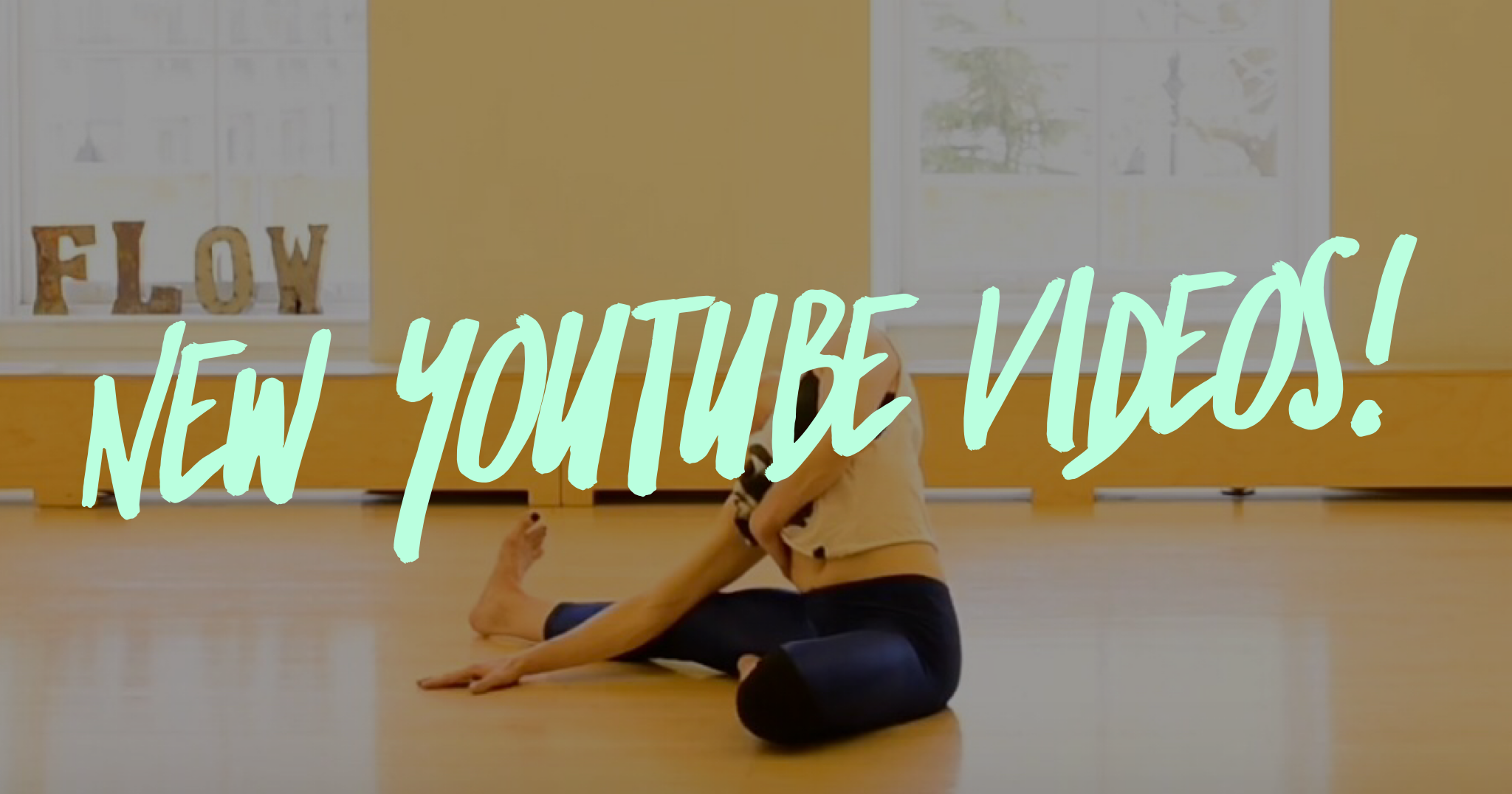

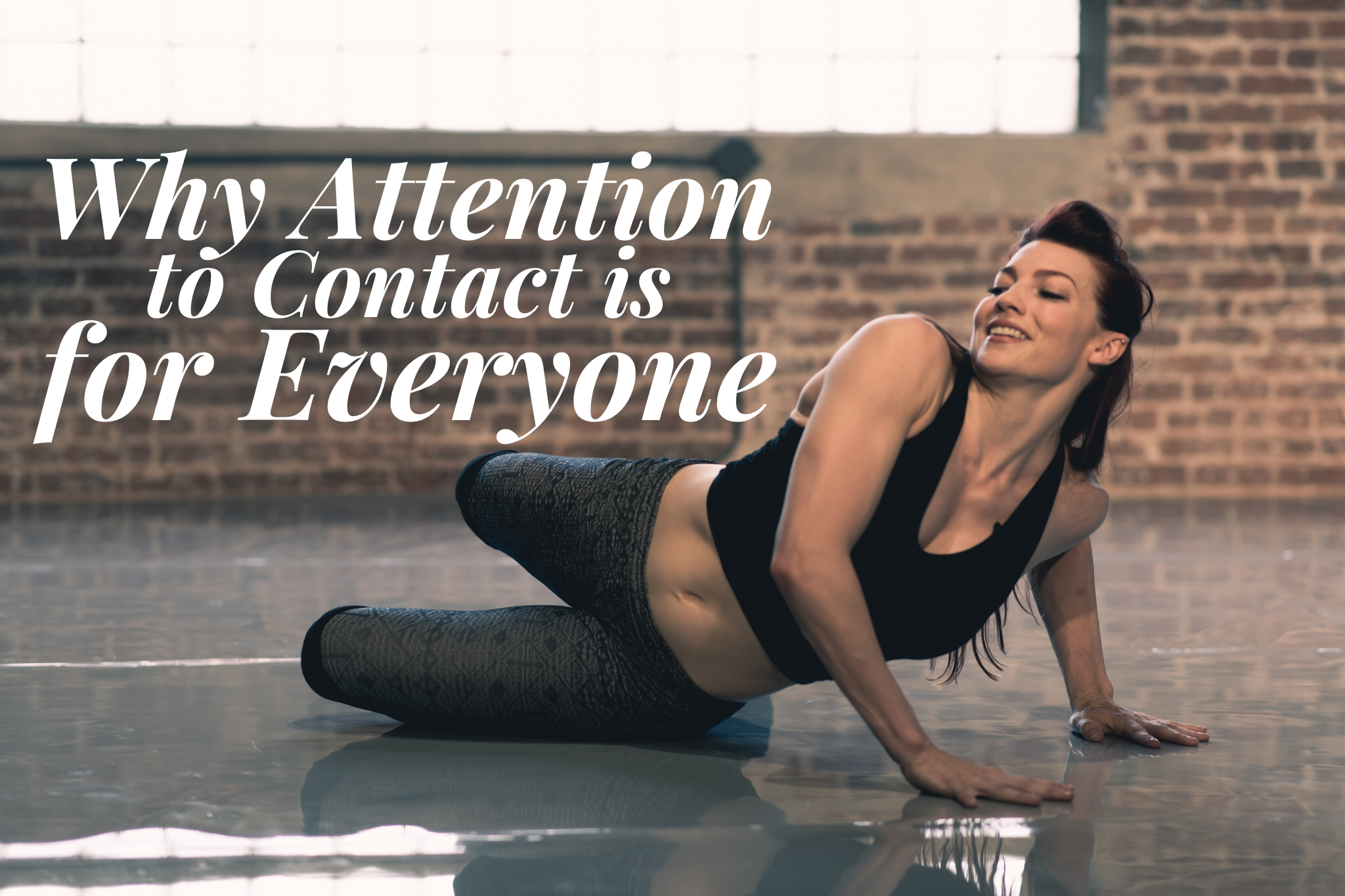


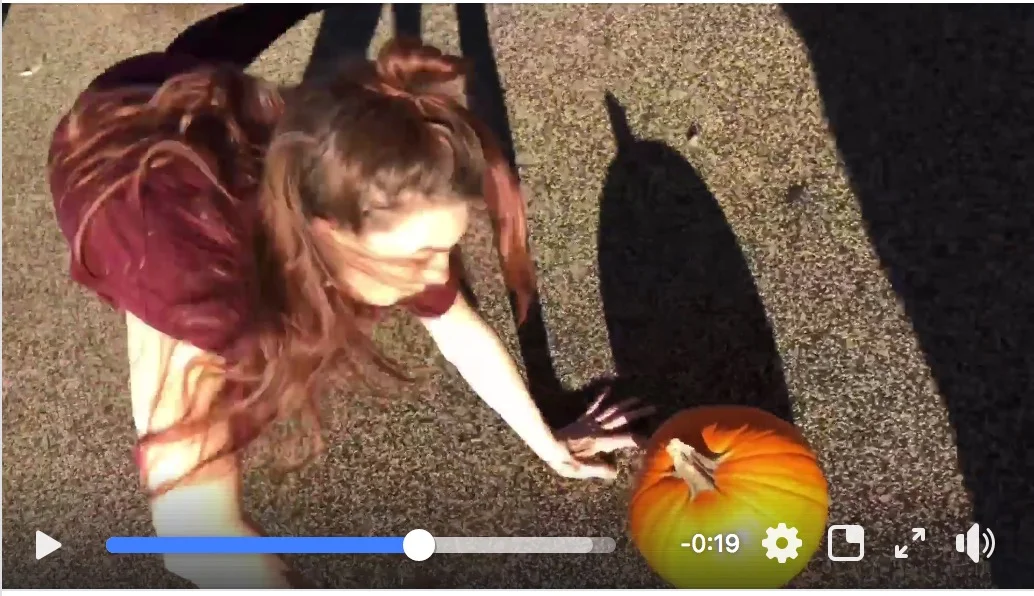



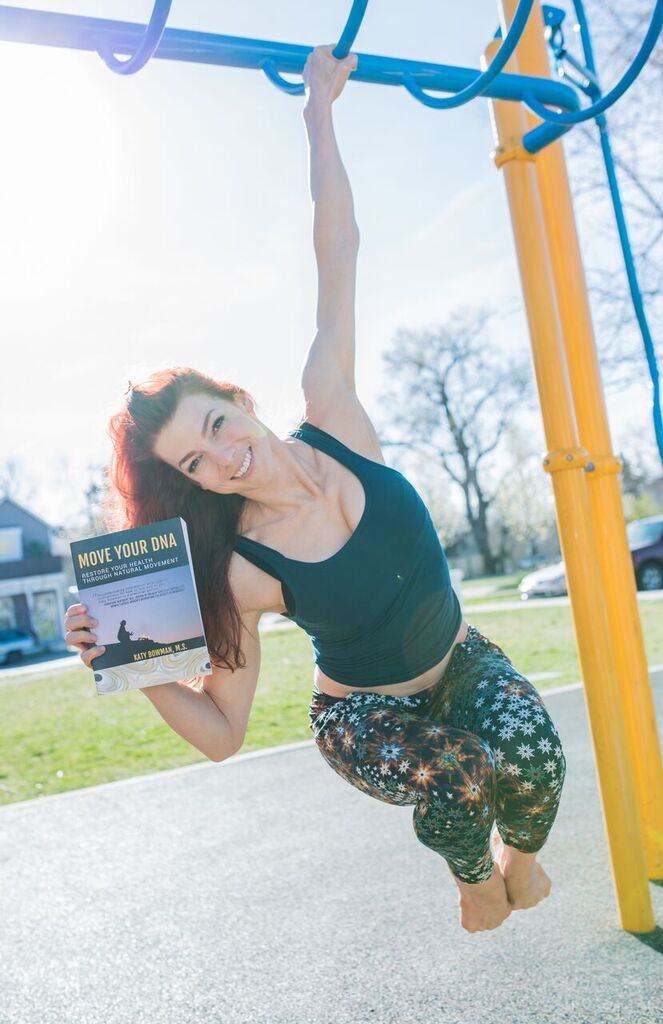

“I don’t do balls,” I used to say.
Like many other dancers I knew growing up, I formed an identity around being a dancer with no interest in activities involving balls, pucks, paddles, etc. (unless I was dancing with it).
In high school, I almost failed P.E. class because I flat-out refused to participate in any sports activity. As a result, in later years, whenever someone would throw me a ball I’d duck away rather than catch it, or if I did attempt a catch, it would be in a stiff and panicky state. It was embarrassing.
Ki’ilani (seen in the video) changed my relationship with catching. She loves balls more than anyone I’ve ever met. Every trip to a large store includes a visit to the sports aisle to feel balls. She even keeps a ball in her pocket for comfort tossing. One of our quarantine activities has been ‘dance catch.’